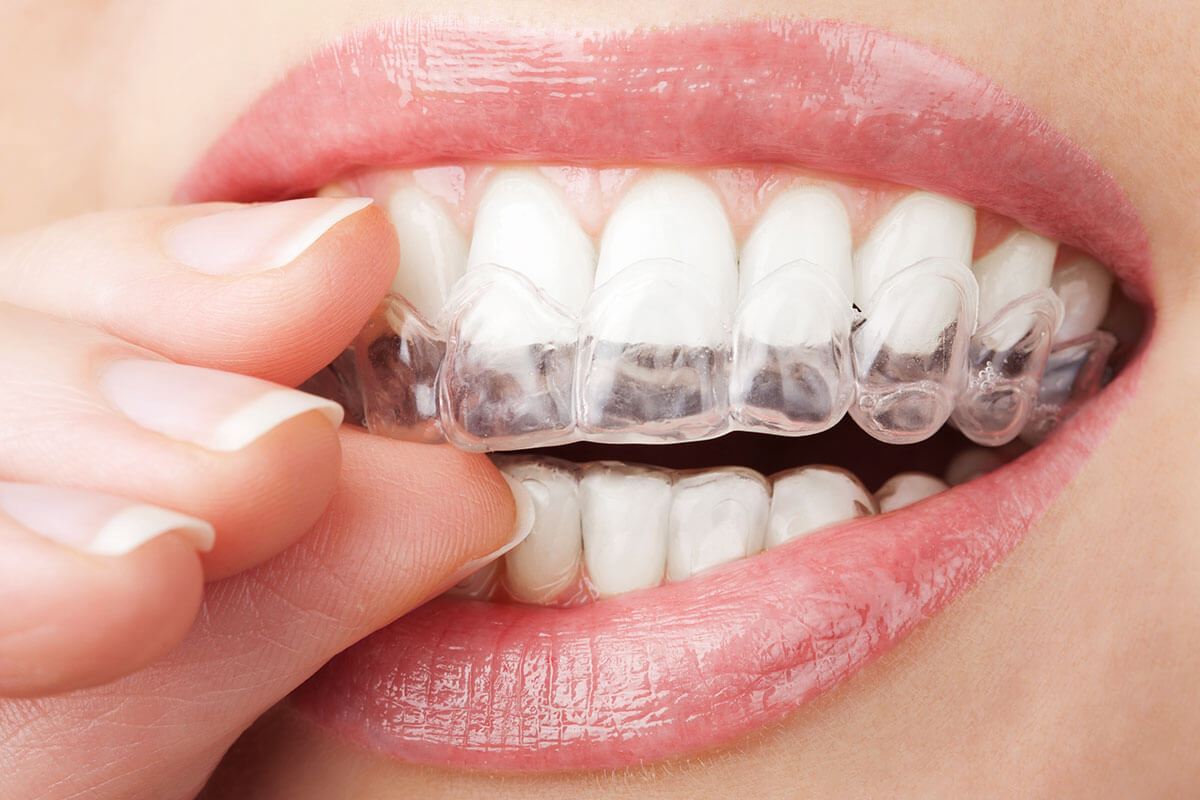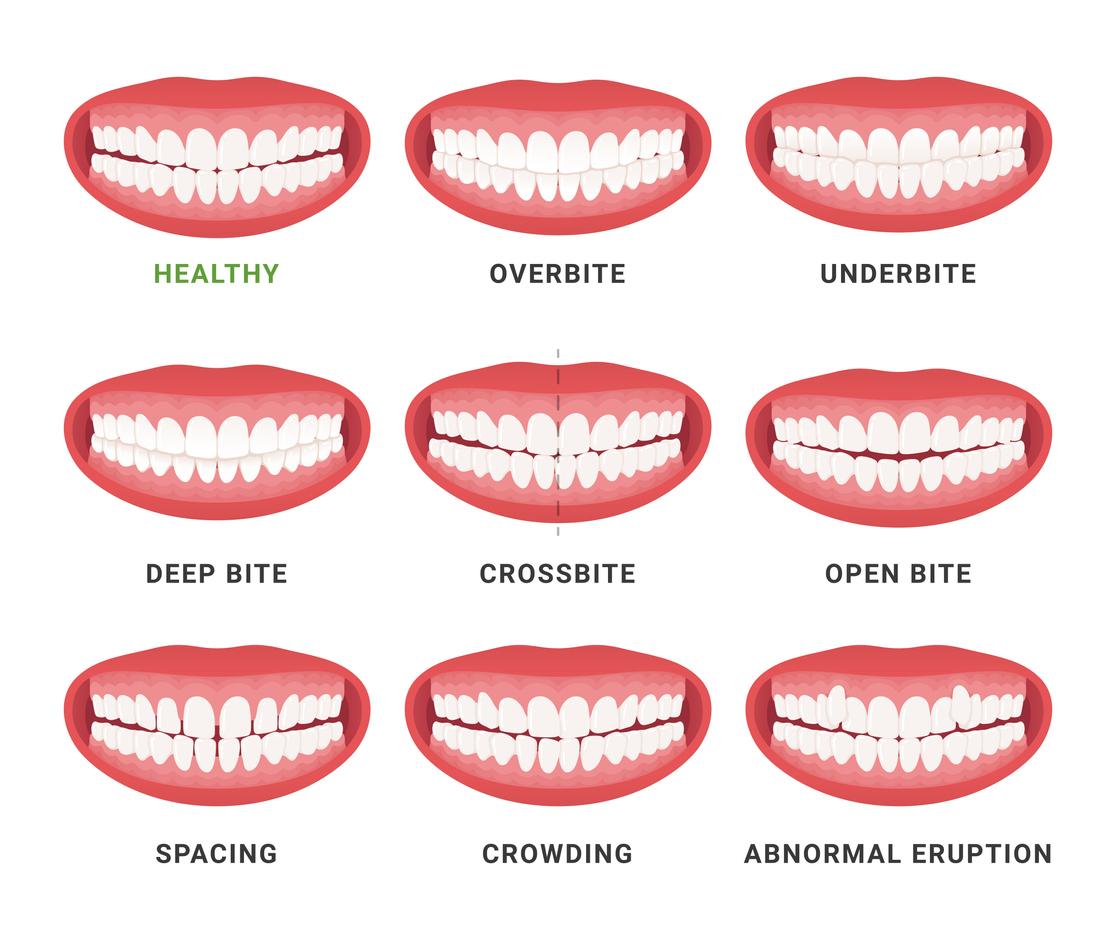Invisalign vs. Typical Braces: Which Alternative Is Right for You?
When considering orthodontic treatment, the selection in between Invisalign and standard dental braces offers numerous crucial variables that merit mindful evaluation. Invisalign offers a very discreet alternative with removable aligners, while standard braces provide a much more noticeable yet efficient solution for extreme imbalance. Each choice includes distinct advantages and disadvantages associated with aesthetics, comfort, therapy duration, and price. Comprehending these subtleties is critical for making a notified decision that lines up with your personal choices and way of living. The concern stays: which option will best fulfill your orthodontic requirements and assumptions?
Overview of Treatment Alternatives

In comparison, traditional braces contain metal brackets and cords that are bonded to the teeth. This method uses continuous stress over time to achieve placement. While reliable for intricate orthodontic problems, conventional dental braces need regular sees for modifications and can position challenges in maintaining oral health due to the problem of cleaning up about brackets and wires.
Both alternatives have their merits, and the selection typically rests on details dental problems, way of living preferences, and person compliance. Eventually, consulting an orthodontic professional is important for figuring out the most appropriate therapy strategy tailored to specific needs. Understanding the subtleties of each option can substantially affect the overall success of orthodontic therapy.
Visual Factors To Consider
A substantial aspect affecting the choice in between Invisalign and conventional braces is the aesthetic charm each therapy uses. Invisalign aligners are crafted from clear plastic, making them practically invisible when used. This discreet appearance is particularly appealing to teenagers and grownups that might feel uncomfortable concerning their orthodontic therapy. The capability to keep an all-natural smile throughout the positioning process can significantly improve the individual's confidence in expert and social setups.
In contrast, standard braces are composed of steel brackets and cables, which can be more visible. While improvements in orthodontic modern technology have actually brought about the advancement of smaller sized brackets and colored elastics, conventional braces still maintain an even more conspicuous account. For some individuals, the presence of dental braces may deter them from looking for essential treatment.
Inevitably, the selection between Invisalign and conventional dental braces might depend upon personal choices relating to looks. Individuals that prioritize discernment typically favor Invisalign, while those who are less worried about presence might go with standard dental braces. Recognizing the aesthetic ramifications of each alternative is vital for making an educated choice that straightens with one's way of life and choices.
Comfort and Convenience

In regards to ease, Invisalign aligners are detachable, enabling individuals to enjoy their favored foods without restriction and preserve optimum dental health. Brushing and flossing are simplified, as the aligners can be taken out during these routines, whereas conventional braces call for careful steering around wires and brackets.
In addition, Invisalign's dynamic system enables for fewer orthodontic brows through. navigate here Clients normally obtain several collections of aligners at as soon as, which can improve the therapy procedure and lower time invested in the orthodontist's chair. In comparison, standard dental braces require regular adjustments, making them much less convenient for those with busy timetables. Invisalign. On the whole, the comfort and convenience of Invisalign make it an appealing option for lots of individuals looking for orthodontic treatment.
Therapy Period and Efficiency
While both Invisalign and typical braces are reliable in fixing dental misalignments, the period of treatment can differ substantially in between the two choices. Generally, Invisalign treatment can take anywhere from 12 to 18 months, depending upon the intricacy of the situation. The clear aligners function by gradually shifting teeth right into their wanted settings, and routine follow-ups with an orthodontist assistance guarantee progression remains on the right track.
In contrast, traditional braces usually call for a longer dedication, typically ranging from 18 months to 3 years. This results from their fixed nature and the usage of braces and cables, which can be extra effective for serious imbalances and complex cases (Invisalign). The therapy efficiency of typical braces is well-documented, as they enable for accurate changes and higher control over tooth activity
Eventually, the selection in between Invisalign and traditional braces might hinge on both the expected treatment duration and the details oral problems at hand. Consulting with an orthodontist is essential, as they can give tailored referrals based upon private demands, ensuring the selected approach straightens with preferred end results and timeframes.
Cost Comparison and Insurance Policy Options
Cost plays a significant function in the decision-making procedure for individuals thinking about orthodontic therapy, whether choosing for Invisalign or traditional braces. On standard, the price of Invisalign varieties from $3,000 to $8,000, while typical braces generally cost between $2,000 and $6,000. Aspects influencing these prices consist of the complexity of the instance, the duration of treatment, and geographical place.
Insurance insurance coverage can significantly impact out-of-pocket expenditures. Numerous dental insurance strategies provide partial coverage for orthodontic therapies, yet the specifics can vary extensively. It is essential for people to examine their insurance policies to figure out the level special info of insurance coverage for either alternative. Normally, standard braces might be much more frequently covered by insurance coverage strategies contrasted to Invisalign, which some insurance firms classify as an aesthetic treatment.
Additionally, a number of orthodontic methods supply flexible payment strategies, making both therapy options much more easily accessible. People need to ask about potential financing options and discounts for upfront payments. Examining look at these guys the overall price, consisting of insurance policy advantages and settlement strategies, is important for making an informed decision that aligns with both aesthetic preferences and budget plan considerations.

Final Thought
In summary, the option in between Invisalign and typical dental braces pivots on several aspects, including aesthetic preferences, convenience, therapy period, and expense. Invisalign uses a discreet, removable alternative that facilitates dental health and dietary flexibility, while traditional braces may be a lot more appropriate for intricate oral problems and usually come with a reduced rate factor. Ultimately, appointment with an orthodontist is vital to assess private circumstances and figure out one of the most appropriate therapy choice for attaining optimal dental alignment.
When considering orthodontic treatment, the option between Invisalign and conventional braces provides numerous important aspects that merit mindful examination.Comparing Invisalign and typical dental braces exposes distinctive therapy options for orthodontic modification.While both Invisalign and typical dental braces are effective in remedying oral misalignments, the period of treatment can differ significantly in between the 2 options.Cost plays a substantial duty in the decision-making process for people taking into consideration orthodontic therapy, whether deciding for Invisalign or traditional dental braces.In summary, the option between Invisalign and standard dental braces pivots on numerous elements, including visual preferences, convenience, treatment duration, and cost.
Comments on “How Invisalign Works: Your Guide to Clear Aligners and Their Effectiveness”